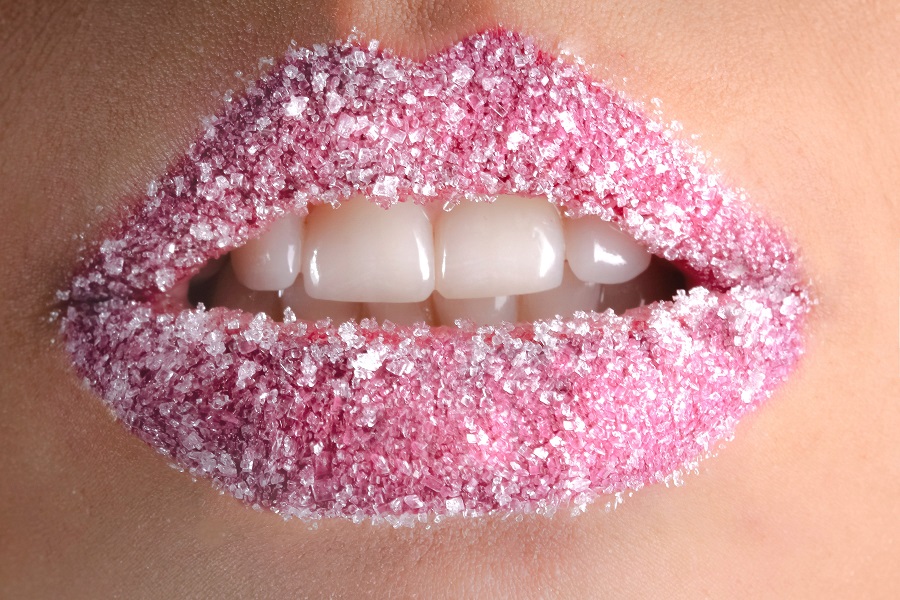While they are many things that do cause cavities and can increase your susceptibility to cavities, at the Saint Louis dental office of Healthy Smiles of Saint Louis, we want to debunk some of the commonly accepted myths about these pesky pockets of decay.
MYTH #1
Sugar is the Prime Cause of Cavities
Ok, this one isn’t a total myth. However, it’s important to know that it’s not the sugar itself that causes cavities, it’s actually the acid that’s produced by bacteria in your mouth when you eat carbohydrates like sugar. When the carbohydrates enter your mouth, the bacteria is triggered to make acid. This acid can then eat into your teeth and create little cavities.
MYTH #2
Kids Are More Likely to Get Cavities Than Adults
>Cavities in kids used to be a lot more common than they are now. With the help of sealants and an increase in education on the importance of preventive care, the amount of cavities in kids has decreased dramatically. However, the number of cavities in older adults has actually increased. This is in part due to certain medications that cause dry mouth and reduce saliva production. Saliva is extremely important in fighting decay because it helps to neutralize acids and wash away bacteria.
MYTH #3
Most people think that you’ll know you have a cavity because it will hurt. Not necessarily. In fact, mild tooth decay doesn’t have any symptoms and the pain we associate with a cavity in Saint Louis comes later, when the decay is more advanced and causes damage to the nerve.
This is one of the reasons keeping up with dental check ups from your Saint Louis dentist is so important. If a cavity is caught early, there won’t be much, or any, pain associated with it. However, if a cavity continues to grow, it may lead to additional dental procedures like crowns or even root canals.
If you’re due for a checkup, call our Saint Louis dental office today. We will perform an in-depth exam and we’ll work together to stop any problems before they really have a chance to cause bigger issues.
More Blog Posts
Save time by completing your new patient forms and sending them to us online or bring them with you to your first visit.
- MON - THU8:00 am - 5:00 pm
- FRI - SUNClosed








